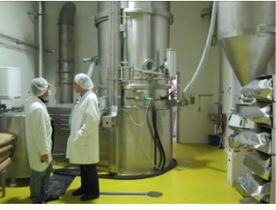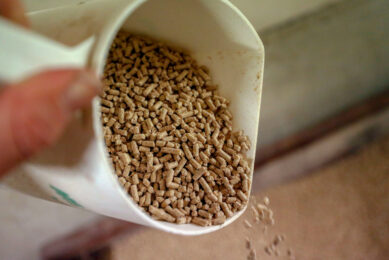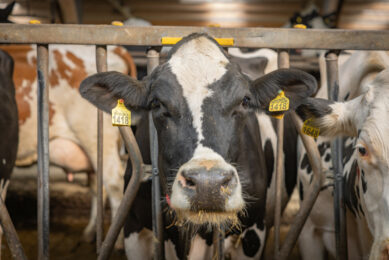Lallemand opens new Titan yeast production plant

Lallemand Animal Nutrition has announced the opening of a second yeast coating facility in Passau, Germany, dedicated to the processing of protected yeasts Levucell SB and SC Titan.
The new state-of the-art-facility is fully compliant with animal feed quality and safety standards. It has already been successfully audited according to FAMI-QS standard.
Until now, protected yeast was produced in Lallemand Vienna’s yeast plant only. The new German facility enables to double the company’s production capacity for quality protected yeasts, in order to address a soaring demand from the market.
Protecting yeasts
“Pelleted feed represents a significant part of the animal feed market, attaining from 30% to as much as 80%, depending on the local country practices and target species,” says Laurent Dussert, ruminant product manager for Lallemand.
“Our innovative Titan technology maximises the delivery of live yeast to the host animal when submitted to drastic feed processing conditions, such as pelleting.”
Titan is a patented technology developed by Lallemand, which combines an optimisation of the yeast fermentation and drying processes with a unique coating technology.
The technology enables the probiotic yeast to survive the harsh conditions of feed processing such as pelleting (heat, pressure, humidity), but also the chemical interactions with other aggressive ingredients and minerals.
Levucell strains
Strain SB is based on the yeast strain Saccharomyces cerevisiae boulardii I-1079. It is used in sows and piglets to enhance the whole farrowing process, resulting in improved animal performance, welfare and health. This type also improves performance and welfare in poultry production and aquaculture (pathogens control).
Strain SC is based on the ruminant specific yeast strain Saccharomyces cerevisiae CNCM I-1077. It is used in bovines for dairy and beef, dairy sheep, goats and horses. Its modes of action and zootechnical benefits are described in over 60 scientific communications based on more than 15 years’ research in partnership with the French Agronomy Research Institute (INRA) and other international research institutions.
Trials have proven that the probiotic yeast produces a significant improvement in fibres digestibility, stimulates the development of rumen microflora and aids the stabilization of rumen pH. These effects are translated into improved animal performance and feed utilization.











